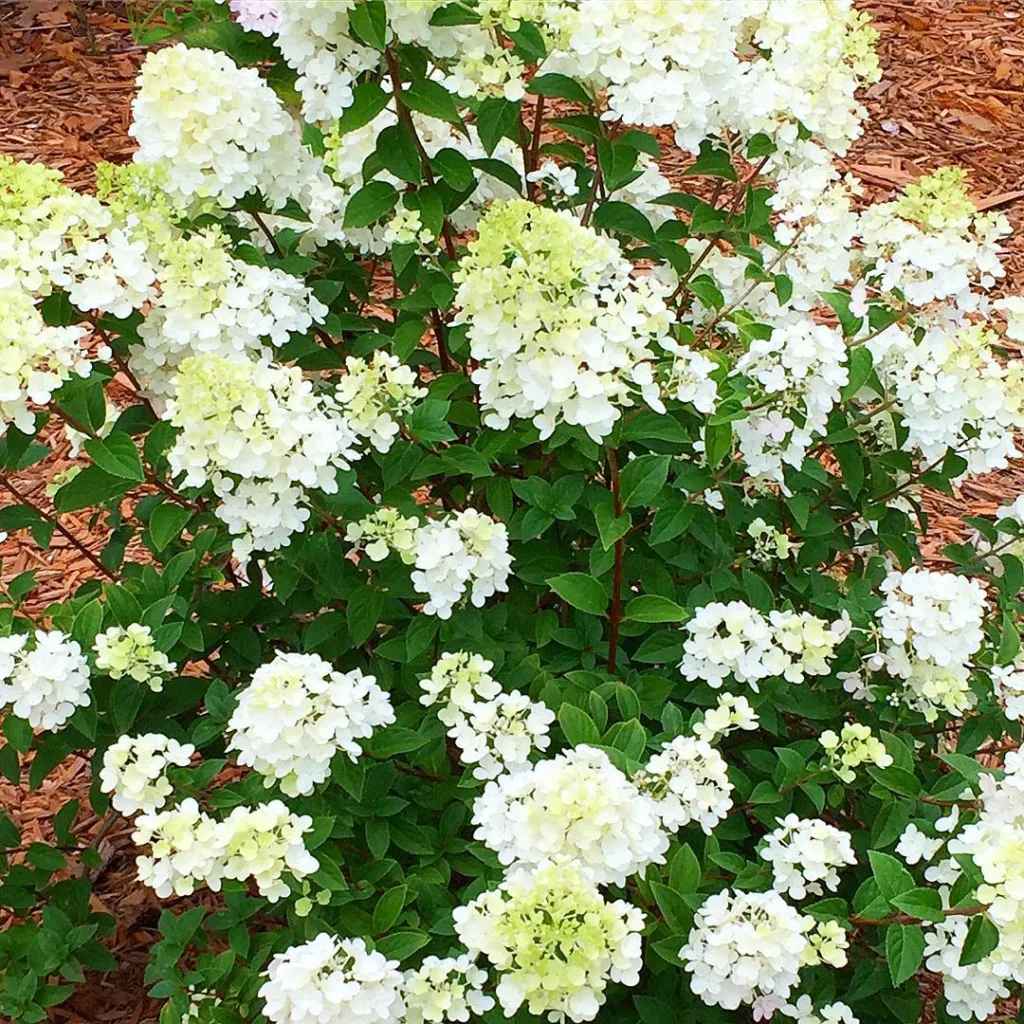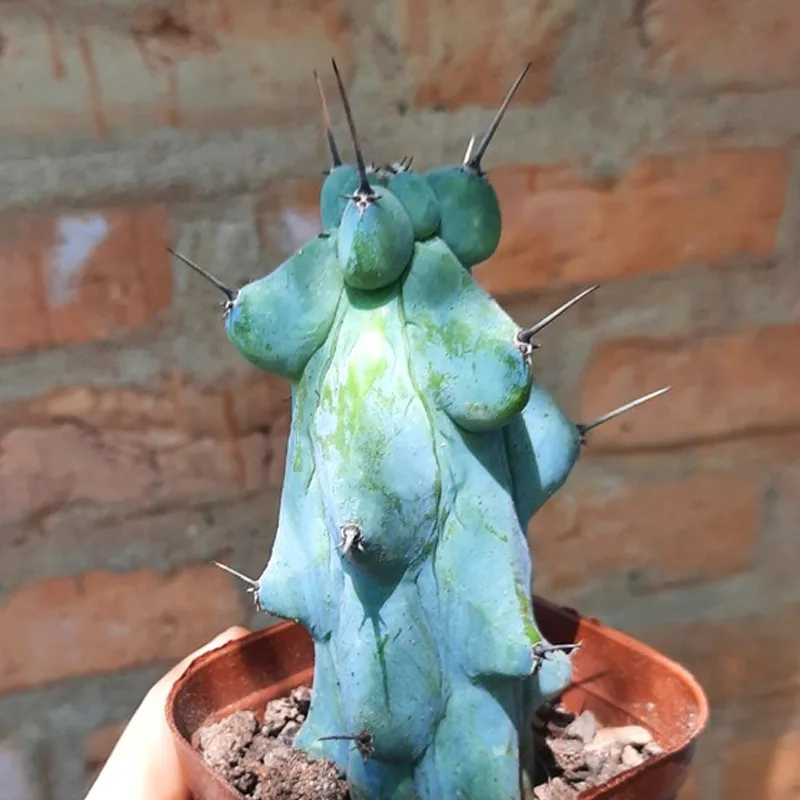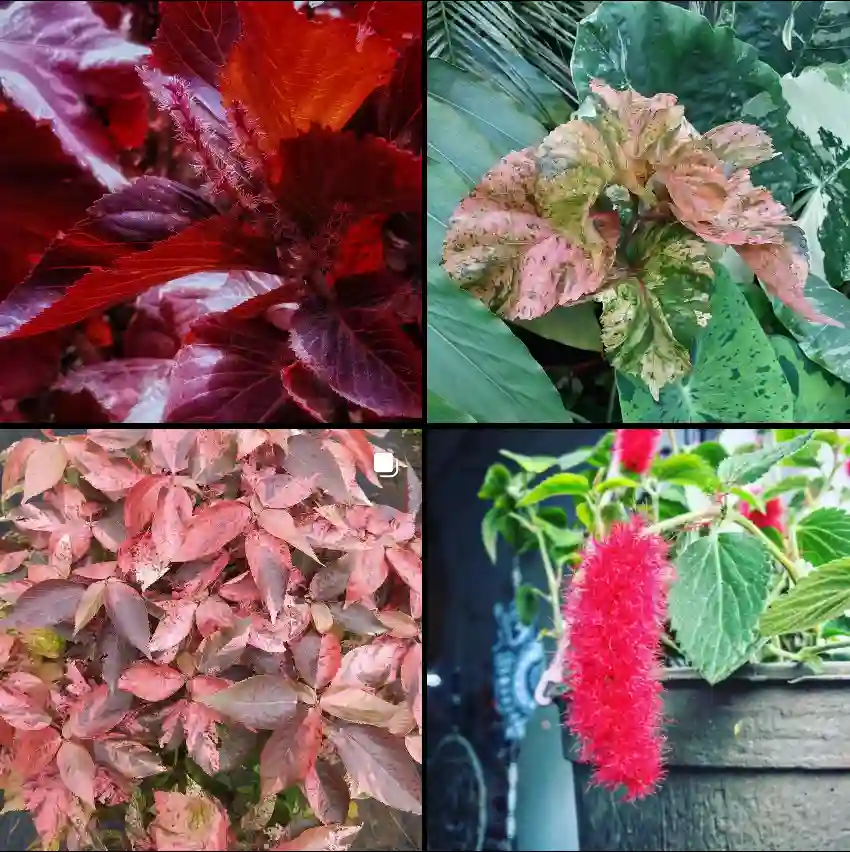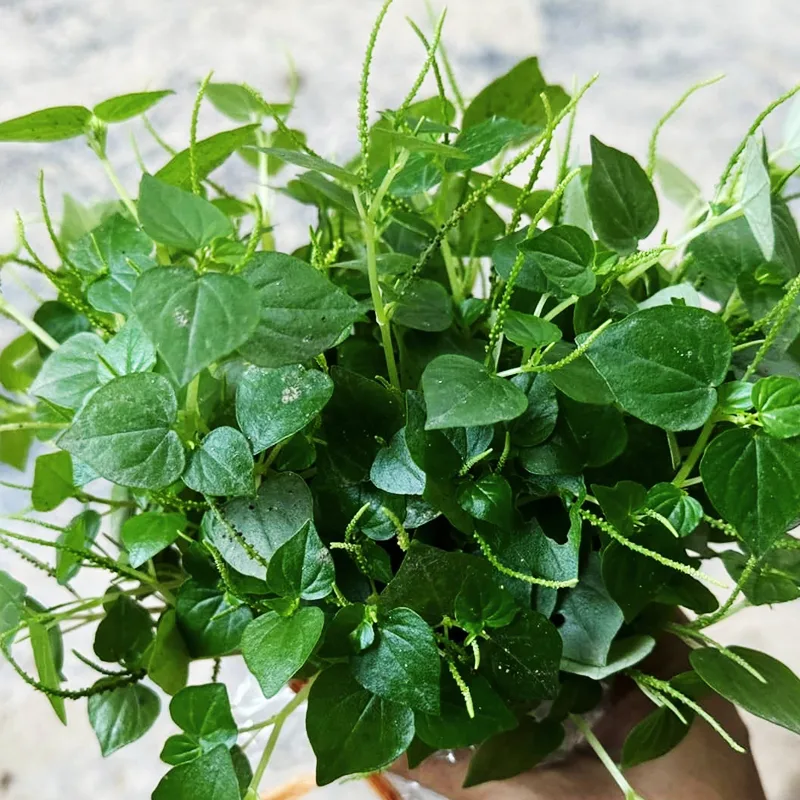My Adventures with Amaranthus Blitum: From Humble Weed to Delicious Discovery
For years, a stubborn little plant kept popping up in my vegetable garden. Its reddish-green leaves and sprawling habit made it an unwelcome guest. I knew it wasn’t one of my meticulously planted seedlings, but I wrestled with the decision to yank it out. Something held me back – a strange sense of curiosity about this persistent weed. Little did I know, I was on the cusp of discovering a delicious and nutritious new addition to my culinary repertoire: Amaranthus blitum, also known as purple amaranth or Guernsey pigweed.
Is Amaranthus Blitum a Weed?
This was the first question I needed to answer. Turns out, the answer is a bit more nuanced than a simple yes or no. Amaranthus blitum thrives in disturbed soil, making it a common visitor in gardens. However, in its native Mediterranean region and other parts of the world, it’s actually cultivated as a leafy green vegetable. So, while it might be an uninvited guest in some settings, it can be a valuable crop in others. This newfound knowledge sparked a sense of intrigue. Could I transform this weed into a tasty dish?
From Weed to Wonder on My Plate
With newfound determination, I decided to give Amaranthus blitum a chance. I researched recipes and discovered it thrives when cooked similar to spinach or kale. Tentatively, I stir-fried a small batch with garlic and sesame oil. The result? A delightful surprise! The leaves had a mild, earthy flavor with a hint of peppery bite. The texture was pleasantly tender, a perfect complement to the savory sauce. This initial success fueled further experimentation. I incorporated Amaranthus blitum into omelets, soups, and even snuck it into smoothies for a nutritional boost. Each time, it added a unique and satisfying dimension to the dish.
Beyond the Plate: Unveiling the Potential of Amaranthus Blitum
As I delved deeper into the world of Amaranthus blitum, I discovered its potential extended far beyond the realm of cuisine. This resilient plant boasts impressive nutritional content, rich in vitamins, minerals, and protein. Some sources even suggest medicinal properties, with potential benefits for inflammation and wound healing. Intrigued, I tucked these tidbits of information away, eager to learn more about the plant’s potential health applications.
How to grow Amaranthus Blitum?
Emboldened by my culinary success, I decided to cultivate Amaranthus blitum intentionally. Researching its needs, I learned it thrives in warm weather and well-drained soil. Planting seeds proved to be a breeze, and within weeks, I had a thriving patch of purple amaranth gracing my garden. The joy of harvesting my own greens, a former weed transformed into a source of deliciousness and potential health benefits, was truly rewarding. Sharing the bounty with friends and family only amplified the satisfaction. They were surprised to learn about the hidden potential of this unassuming plant, and many were eager to incorporate it into their own culinary adventures.
Amaranthus Blitum: A Weed Worth Knowing
My journey with Amaranthus blitum has been a delightful surprise. What started as an unwanted guest in my garden has become a valued source of delicious food, a potential health booster, and a conversation starter. This experience has instilled in me a deeper appreciation for the hidden potential of plants often dismissed as mere weeds. The next time an unfamiliar green pops up in your garden, take a moment to pause. With a little research and an open mind, you might just discover a new culinary treasure or a fascinating botanical wonder waiting to be explored.
If i die, water my plants!



